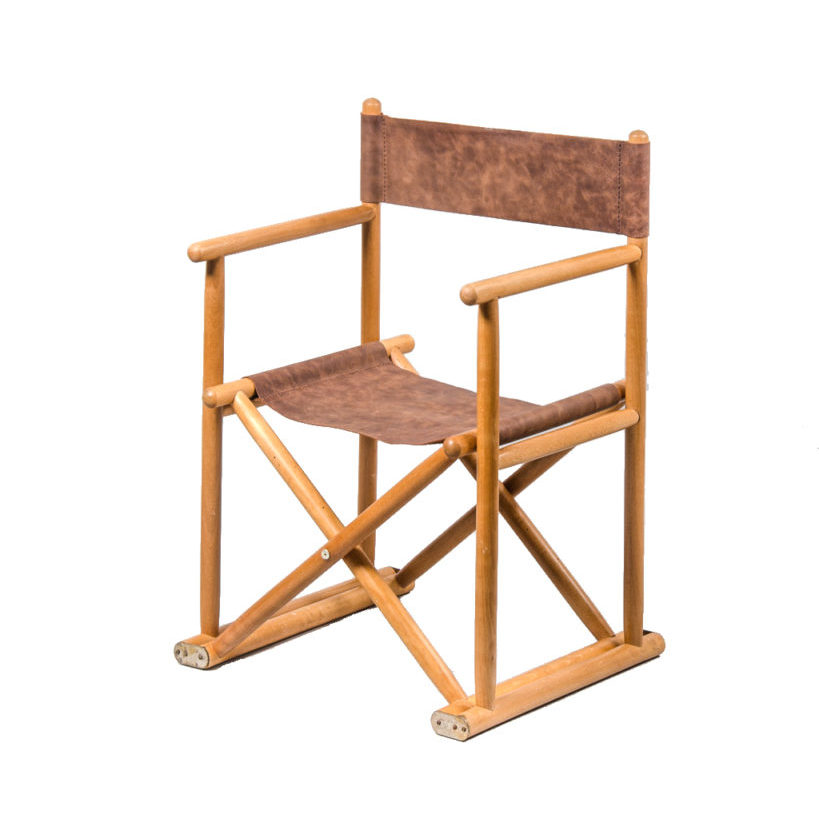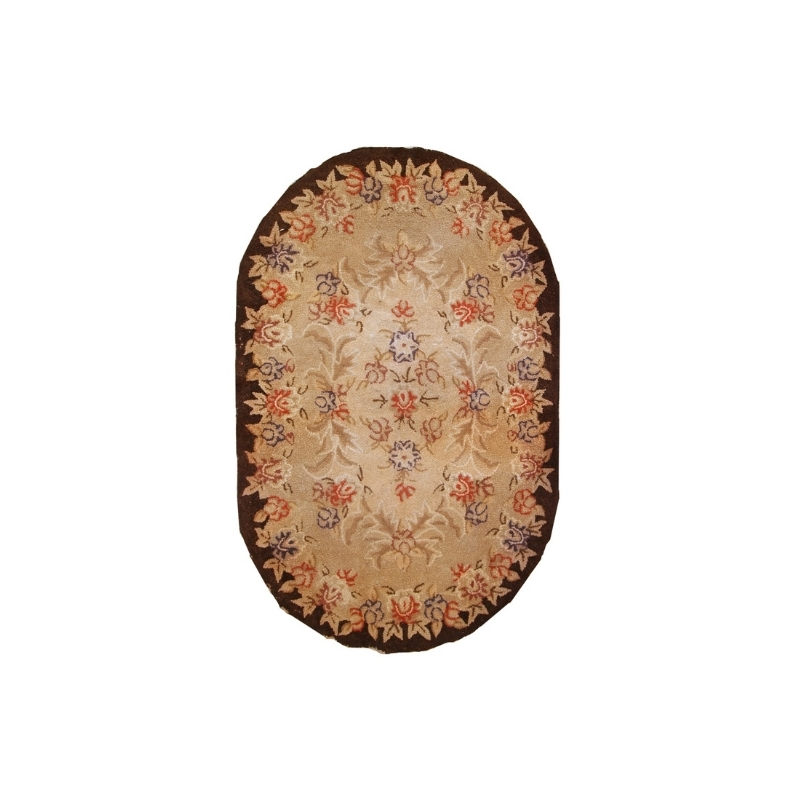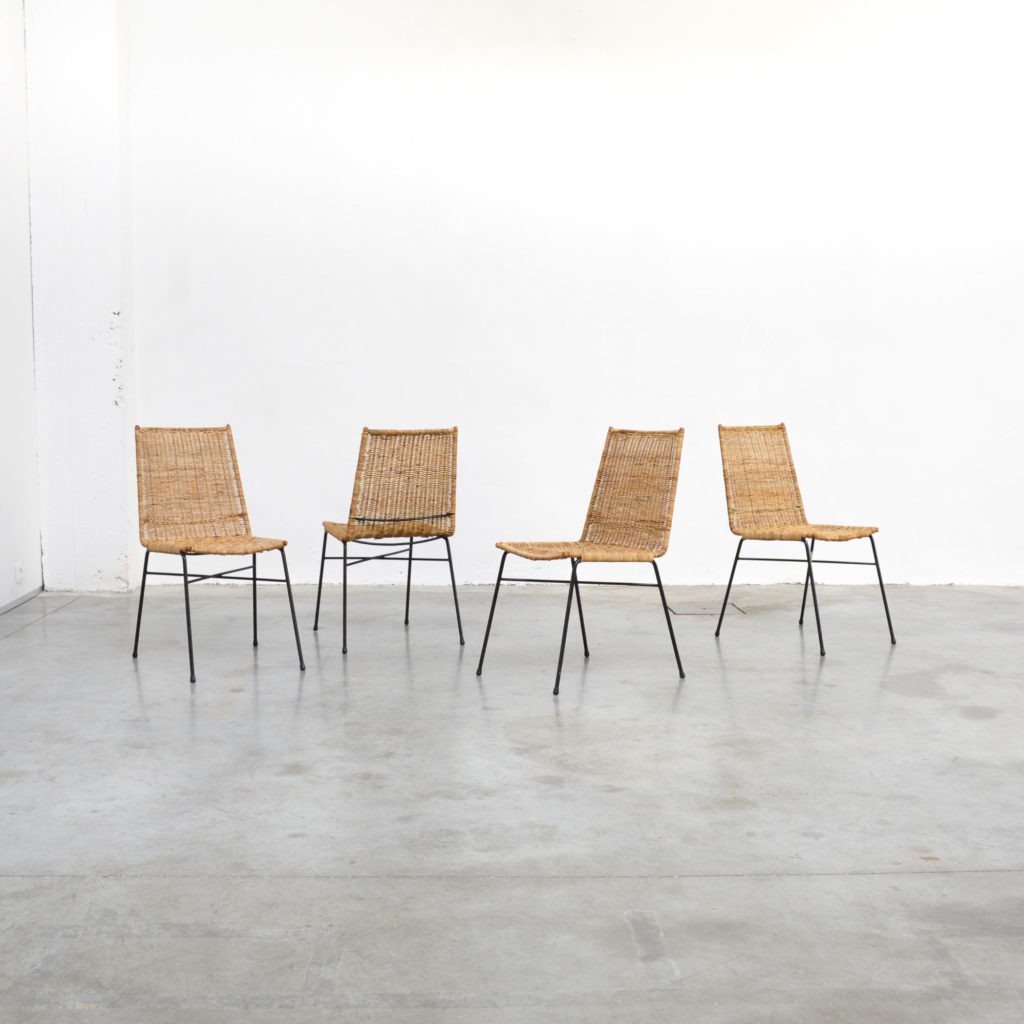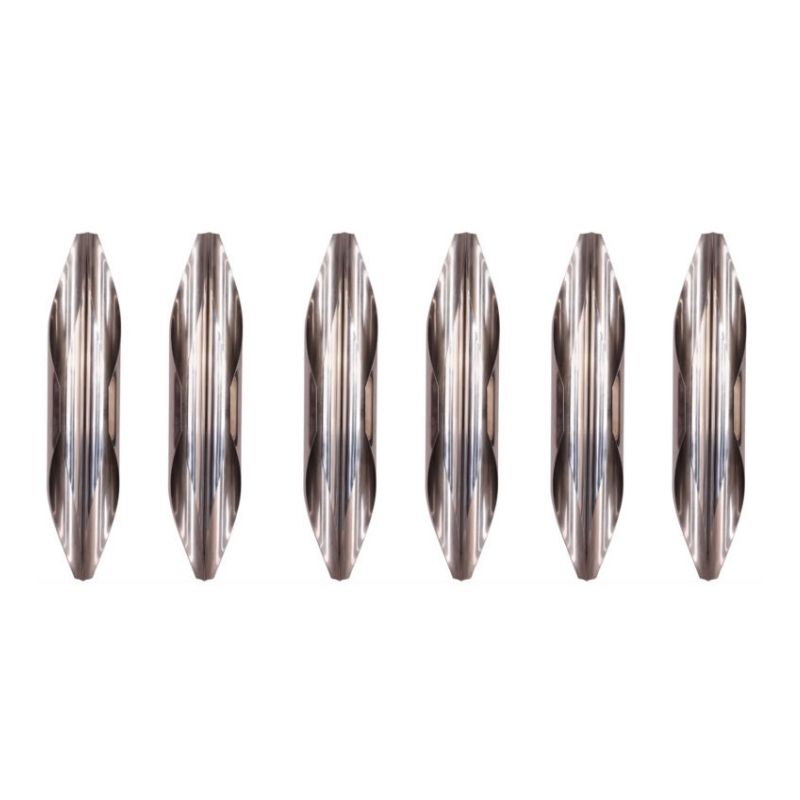Hi folks,
working on a HW Klein armchair. It has this nasty crack on the left arm.
I tried to glue it but it pops apart again when you push on the arm.
Seems the dowel has a strong leverage effect.
Maybe I could take a stronger glue.
I am using currently a fish glue, what Is stronger than a regular wood glue. Somewhere I heard that a skin and bone glue (hope that’s right translation) is the strongest sort of glue. What would be your thoughts to fix this?
@browkin, Probably a few factors involved with recurring failure here. Old glue (or paint?) residue contamination will prevent new glue from adhering properly. Complete disassembly of the joint(s) - including dowels - and thorough residue removal is likely necessary for long-term success with re-gluing. Any other loose joints will also contribute to levering forces causing the crack to reopen.
Animal protein glues are preferred for work on valuable wood furniture both for their good strength and because they are easiest to undo when future restoration is needed. The next generation will thank you. One thing they are not known for, however, is their gap-filling capabilities. Tight (but not too tight), well-fitted joints are recommended along with adequate (but not too much) clamping pressure while assembling.
Here in the US, the better "hide glues" are available in different grades as dry granules and are typically used in freshly-mixed batches dissolved in water at task-specific proportions and often heated. Great stuff. I've used it many times over the years. The only other downside to using hide glue happens when you let a batch turn bad in your workshop when you are away in the summertime. Seriously, don't let that happen.
@tktoo2 With these kind of cracks I've alsways wondered whether it's preferable to work the glue in or to completely break it, then clean the two parts as good as it gets and glue them together again. Last option seems kinda brutal but the result might be more solid. What are your thoughts on this?
"People buy a chair, and they don't really care who designed it." (Arne Jacobsen)
@herringbone, Good question! Sometimes, if the separated surfaces look intact (free of loose fibers that might interfere with fit), clean (free of contaminating residue like paint, old finish, old glue, etc), and accessible enough, you might get away with working some glue in there and clamping it closed. Other times, it's better to split the break in two. A judgement call made on a case-by-case basis in other words.
@herringbone, In the case of Browkin's chair, I really think there are multiple issues that caused the arm to crack where it did. Not the least of which might be a natural weakness in the grain of that particular piece of teak. Other contributing factors could be other loose or failed joints causing excessive strain on that joint, sudden extreme forces due to accident or abuse, previous attempt to repair, or any combination thereof.
The reductive philosophy behind many modern furniture designs often places greater co-dependency on the integrity of each individual component or joint. When all are solid and intact, structural strength is more than adequate. When one fails, however, the result can be like a house of cards.
@ tktoo2: Very good approach. I think natural weakness is most likely. E.g. I see that the leverage effect of the upper dowel is very strong and tears the whole connection apart.
@herringbone: I am not that skilled yet to be able to disassamble the chairs in pieces and glue them together. So I will try my best first to work the glue in. Had contact to a wood glue shop this week. They recommended to use a skin (not the bone) glue. The bone glue supposed to get hard as glass and the skin glue stays more elastic and works good on E.g. chairs. It should arrive in coming days. I hope that I can completely cover the whole construction of the corner with enough glue. So, also stick the arm to the rear pillar, in order that not only the split has to hold the strength, but also the arm gets stability. I will come up with some photos when ready.
@browkin You wrote that you tried to glue the crack, which means that there‘s glue in it. I guess you tried carpenter’s glue? That might not be helpful when you try to reglue it now with hide glue. The surface ought to be clean. On the other hand hide glue is way thinner than carpenter’s glue, so it might go all the way through the crack to places were your other glue didn’t go. You also should check if the joint itself is lose, and if it is, you should reglue it as well. Think about how to clamp all this beforehand. It might be complicated to adhere the pressure you need for the glue to work.
"People buy a chair, and they don't really care who designed it." (Arne Jacobsen)
If you need any help, please contact us at – info@designaddict.com













